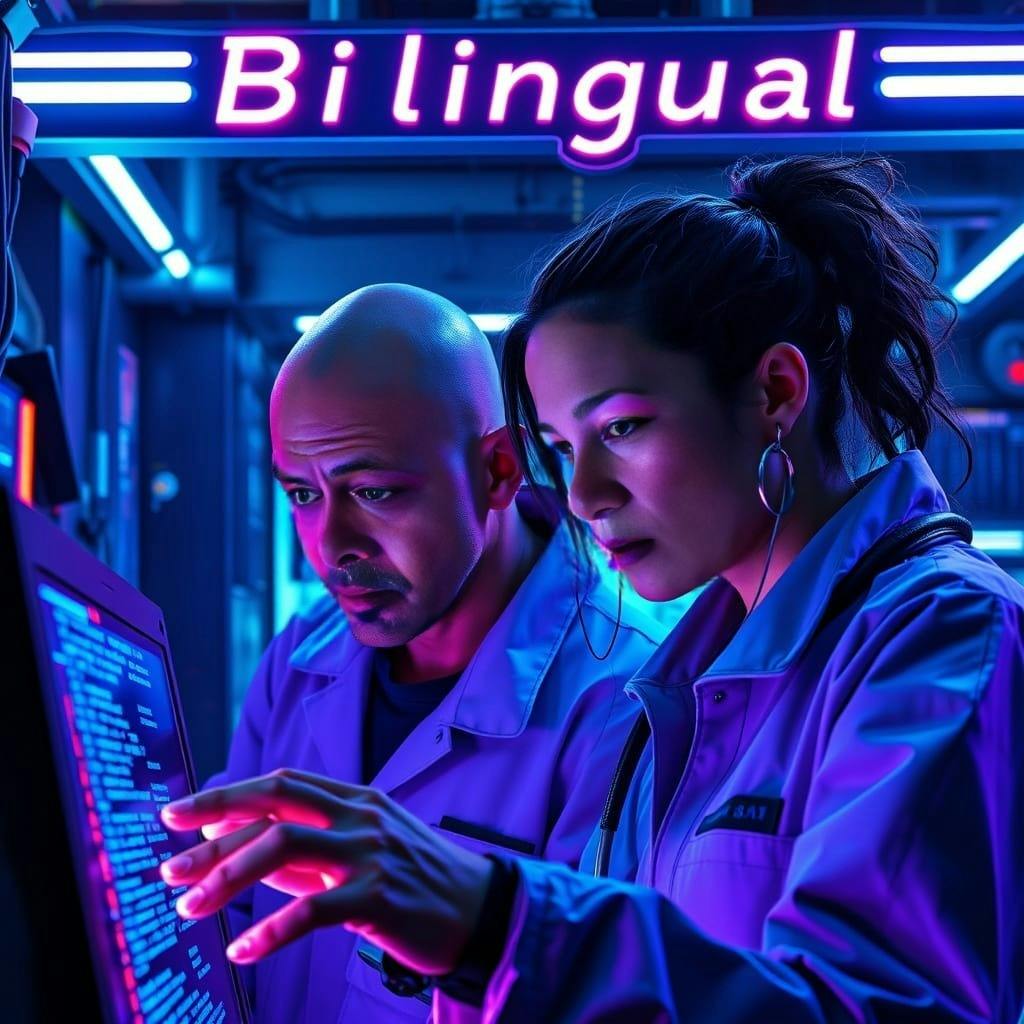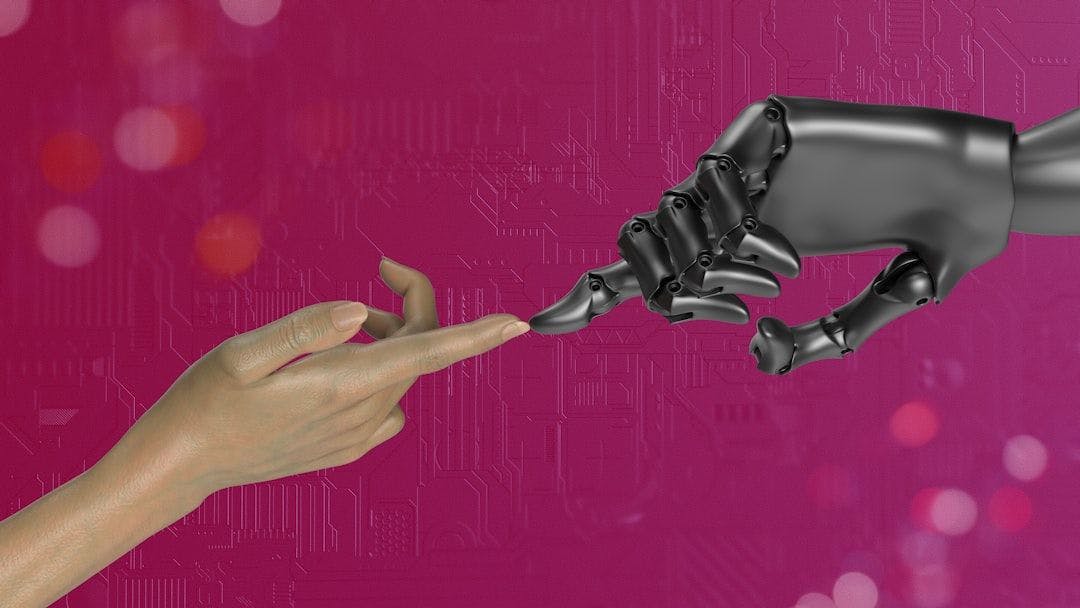This is a follow up to our previous discussion on sustainable development models
Personal Reflection
On my way to Yap in the Federated States of Micronesia to pursue an ADB Renewable Energy Development Project, Disaster Risk Resilience (DRR) Consulting Services, I was blessed to have crossed paths with two of Hawaii’s Honolulu based Web3 and Blockchain Community Founding Members. One of them is a Singaporean US citizen who is the Founder of Hawaii Blockchain Summit, and our discussions inspired this post, and I quote “Our People Is Our Only Resource”.
Moreover, I decided to write this Blog because I watched a press release whereby a prominent figure in the Media industry ridiculed the meeting for the bilingual approach instead of delivering content purely in Tongan language. I don’t agree with his traditional approach. If we want to participate on the global scale, we need to adopt Lee Kuan Yew’s bilingual policy.
The Bilingual Foundation of Singapore’s Success
When examining Singapore’s remarkable transformation from a struggling post colonial state to a global economic powerhouse, we often focus on its economic policies, governance structures, and strategic positioning. However, one of Lee Kuan Yew’s most profound yet sometimes overlooked contributions was his implementation of a bilingual education policy that has fundamentally shaped Singapore’s national identity and economic competitiveness.
Lee Kuan Yew recognized early that language was not merely a communication tool but a strategic asset for national development. The bilingual policy, mandated in 1966 after Singapore gained independence, required all students to learn English as the primary language of instruction while simultaneously mastering their “mother tongue” i.e. Mandarin for the Chinese, Malay for Malays, and Tamil for Indians. This approach was disruptive for its time, especially in a post colonial context where many nations were abandoning colonial languages in favor of indigenous ones.
What made this policy particularly visionary was its dual purpose: English would serve as the language of commerce, technology, and global engagement, while mother tongues would preserve cultural identity, values, and connections to ancestral heritage. As Lee himself described it, this was an attempt to give Singaporeans “the best of both worlds” i.e. Western capabilities and Eastern values.
The Core Principles Behind the Bilingual Policy
The Singaporean bilingual model was built on several core principles that remain relevant today:
- Pragmatic Multiculturalism: Rather than forcing assimilation or promoting one culture over others, Singapore embraced its diversity while creating a common framework that could unify different communities.
- Economic Foresight: Lee recognized that English proficiency would be essential for international trade, scientific advancement, and attracting foreign investment, all crucial for a resource poor island nation.
- Cultural Anchoring: Mother tongue education was seen as essential for transmitting cultural values and creating a sense of identity that could resist the potential negative impacts of westernization.
- Social Cohesion: A common language (English) provided a platform for inter ethnic communication, while respect for each community’s language reinforced the principle of equality among different ethnic groups.
- Adaptability: While the policy’s core principles remained consistent, its implementation evolved over time based on societal needs and challenges.
Lessons for Small Island Developing States
For smaller island nations, particularly those in the Pacific, Caribbean, and Indian Ocean, Singapore’s language policy offers valuable lessons that can be adapted to local contexts:
1. Language as an Economic Bridge
Small island developing states (SIDS) face unique economic challenges including limited domestic markets, geographic isolation, and vulnerability to external shocks. Like Singapore, these nations must find ways to integrate with the global economy despite their size limitations.
A strategic bilingual approach can create economic opportunities by:
- Facilitating business connections with major economic partners
- Enabling participation in global value chains
- Enhancing tourism offerings through multilingual capabilities
- Creating competitive advantages in niche service sectors like international education, translation, or cultural industries
2. Preserving Cultural Heritage Through Language
Many SIDS face cultural erosion due to globalization, migration, and demographic changes. Traditional languages often face extinction as younger generations adopt dominant global languages. Singapore’s model demonstrates how a carefully crafted language policy can preserve cultural identity while embracing modernization.
Small island nations can implement similar approaches by:
- Documenting and digitizing endangered languages
- Incorporating local languages into formal education alongside global languages
- Using modern technology for language preservation and teaching
- Creating media content in local languages to enhance their relevance and appeal
3. Building Social Cohesion
Like Singapore, many small island states encompass diverse communities with different linguistic and cultural backgrounds. A well designed language policy can promote unity while respecting diversity.
Approaches might include:
- Identifying common linguistic elements that can serve as a foundation for national identity
- Creating opportunities for language exchange between different communities
- Developing inclusive national narratives that incorporate multiple linguistic traditions
- Using education systems to foster mutual respect for different languages
4. Enhancing Resilience Through Connectivity
In today’s interconnected world, linguistic capabilities are essential for accessing knowledge, forming partnerships, and finding solutions to challenges. For SIDS facing existential threats like climate change, being able to engage effectively with international partners is crucial.
Bilingual capabilities enable:
- More effective representation in international forums
- Access to global knowledge networks and educational resources
- Formation of regional alliances with linguistic neighbors
- Participation in global scientific collaborations
Implementing a Tailored Bilingual Approach
Each small island nation has unique linguistic landscapes and historical contexts that must inform their language policies. However, the following framework, inspired by Singapore’s approach, could guide implementation:
Assessment Phase
- Document existing language usage patterns and proficiency levels
- Identify key languages of economic or strategic importance
- Evaluate current education system capabilities
- Consult with communities about language priorities and concerns
Policy Design
- Establish clear language learning objectives for different education levels
- Determine balance between local and international languages
- Create linkages between language education and economic development goals
- Develop approaches for adult language education and community involvement
Implementation Strategies
- Invest in teacher training for language instruction
- Develop appropriate teaching materials that reflect local contexts
- Create language immersion opportunities through community partnerships
- Use technology to expand access to language learning resources
Monitoring and Adaptation
- Regularly assess language proficiency outcomes
- Gather feedback from various stakeholders
- Make adjustments based on emerging economic and social trends
- Celebrate and publicize language learning successes
Case Studies: Potential Applications
Pacific Island Nations
Pacific island nations could implement a modified bilingual approach that combines English (for global connectivity) with strategic investments in indigenous language preservation. Countries like Fiji, with its English-Fijian-Hindi trilingual environment, could formalize a system that builds on existing multilingual practices while ensuring all three languages receive adequate support in education and public life.
Tongan Trilingual Model (English-Tongan-Chinese)
Tonga represents a particularly interesting case where a trilingual approach incorporating English, Tongan, and Chinese could create distinctive advantages. With China’s growing economic influence in the Pacific region, Tongan citizens equipped with Chinese language skills would be uniquely positioned for economic opportunities.
The Kingdom of Tonga could develop a language education framework that:
-
Preserves Tongan as the foundation of cultural identity – ensuring robust curriculum development in Tongan language and literature from early childhood through higher education.
-
Strengthens English proficiency for global engagement – building on existing English education to enhance opportunities in international education, tourism, and diplomatic relations.
-
Introduces strategic Chinese language education – developing targeted Chinese language programs that focus on practical business, tourism, and diplomatic applications.
This trilingual approach would position Tonga at the intersection of Western and Eastern economic spheres while maintaining strong cultural foundations. It would also acknowledge the geopolitical realities of the Pacific region, where both traditional Western partners and China represent important economic relationships. Educational institutions, media outlets, and government communications could operate across these three languages, with different contexts emphasizing different language combinations as appropriate.
Challenges and Considerations
Implementing a bilingual policy in small island contexts comes with unique challenges:
- Resource Constraints: Limited budgets for education make ambitious language policies difficult to implement fully.
- Teacher Availability: Finding qualified language teachers, especially for less commonly taught languages, is a persistent challenge.
- Linguistic Complexity: Many island nations have complex language situations with multiple dialects and minority languages.
- Digital Divide: Technology can aid language learning but may be unevenly accessible in island settings.
- Migration Effects: Outward migration may undermine local language vitality while creating diaspora communities that could support language maintenance.
Conclusion: Language as a Development Catalyst
Singapore’s bilingual policy demonstrates how strategic language planning can serve as a catalyst for national development. For small island nations seeking sustainable development pathways, this approach offers valuable lessons that can be adapted to local contexts.
As Lee Kuan Yew’s vision shows, the most successful language policies don’t force communities to choose between tradition and modernity or between local identity and global connectivity. Instead, they create frameworks where multiple languages can coexist and complement each other, providing citizens with the tools to navigate both local and global contexts effectively.
By learning from Singapore’s experience while adapting it to their unique circumstances, small island developing states can transform linguistic diversity from a potential challenge into a powerful asset for education, economic development, and national cohesion. In this way, they can create their own versions of what Lee Kuan Yew described as “the best of both worlds” by maintaining cultural roots while reaching outward to engage with global opportunities.
A Personal Commitment
This is why I spend time translating my content from English to Tongan to adhere with my stance on adoption of a bilingual policy. I believe we must practice what we preach i.e. embracing both global connectivity through English and preserving our cultural heritage through our native languages.











